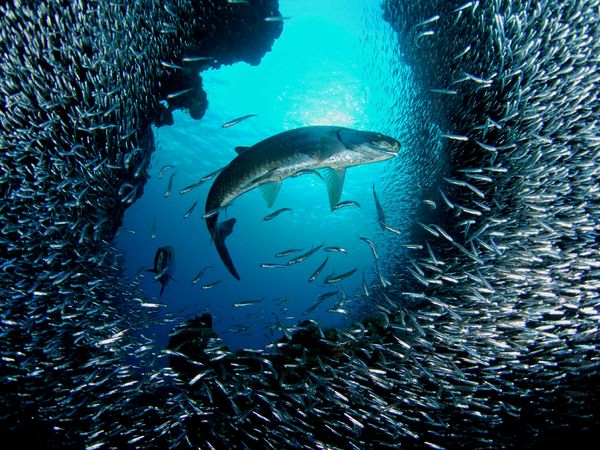You can also think that contrast is separating one thing from another, and you can take that thinking to very abstract level. For example paint something that hasn't been seen before and that way creating a contrast between existing paintings and your new painting.
" To have contrast, you need to have similarity. "
If you have a white paper that has one black spot in the middle, that black spot attracts the eye. Now if you fill the paper with black spots, then the eye doesn't attract to that place anymore.
Ways to attract attention
Just to name a few..
(Images are from national geography's photography contest)Sharpness
Color
Size
Density
Things that don't belong
A familiar form
The danger of over doing
This is very common problem when creating contrast.
When you have too many of those red leaves that work as a contrasting element, the eye doesn't know anymore where to look.





















